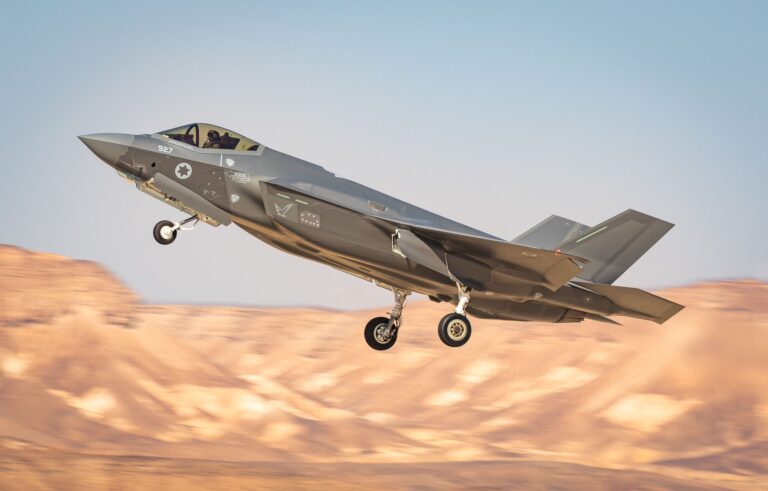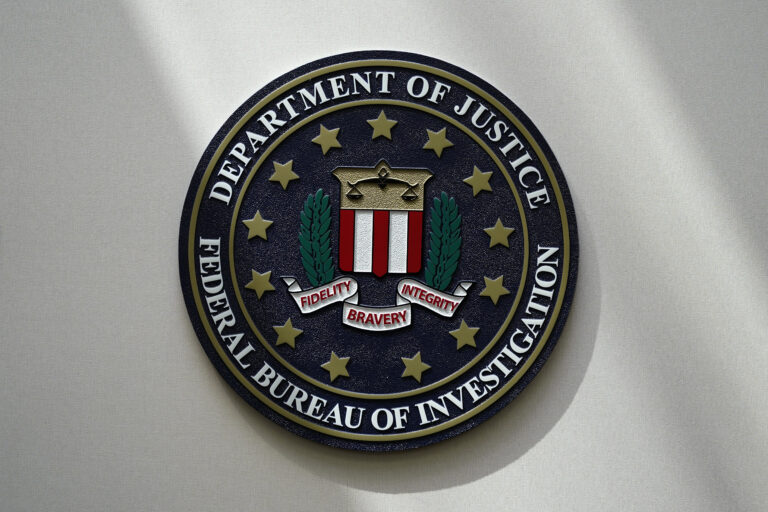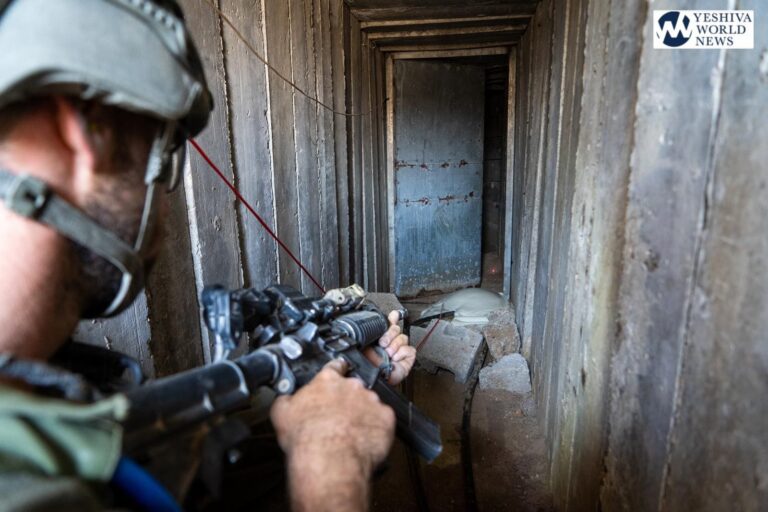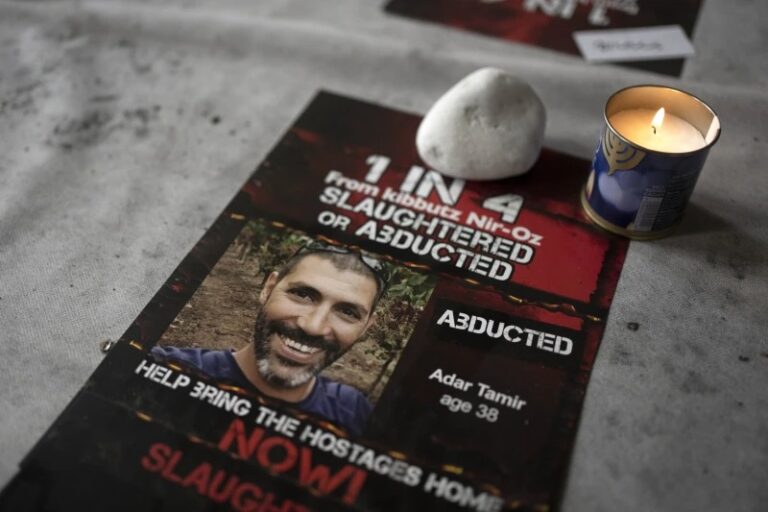 Bigger names in global terrorism have been tried in New York’s federal courts before but there has never been this kind of security all at once: Assault rifle-toting federal guards at every entrance, Homeland Security vans surrounding the courthouses, searches, metal detectors and sign-ins required for all trial visitors.
Bigger names in global terrorism have been tried in New York’s federal courts before but there has never been this kind of security all at once: Assault rifle-toting federal guards at every entrance, Homeland Security vans surrounding the courthouses, searches, metal detectors and sign-ins required for all trial visitors.
As a terror trial gets underway for a lone defendant in twin bombings of U.S. embassies nearly two decades ago, fears over the terror attacks in Paris and unrest a world away have raised security at the city’s federal courthouses to levels not seen since the days after the Sept. 11 attacks.
But even with the ramped-up security which includes the recording of passing license plates, courthouse administrators said it was important that the doors be kept open and that anyone who enter be able to do so without fear of intimidation.
“No event here or overseas is going to shake that foundation,” said Edward Friedland, judicial district executive for the Southern District of New York.
Friedland and Chief Judge Loretta A. Preska both said they could not discuss specific security measures, though they noted that assessments of security were frequently done and improvements often made, including construction of a new $10 million security pavilion alongside a federal courthouse that will prevent visitors from entering the 26-story courthouse without being screened first.
“It will make the place a lot safer because we will be screening people outside,” Preska said.
The ability to fully protect lower Manhattan during major terrorism trials conducted a short walk from the World Trade Center complex was called into question in 2009 when Attorney General Eric Holder announced that professed Sept. 11 attacks mastermind Khalid Sheik Mohammed would be tried with four others in Manhattan. The decision was reversed after city officials protested loudly that security would be too costly and potentially disruptive, even to the city’s economy. The five men remain incarcerated at Guantanamo Bay.
Outside the courtroom door of Judge Lewis A. Kaplan, who is presiding over the trial of an alleged al-Qaida top operative from the 1990s, every spectator must sign-in and walk through an airport-style metal detector. Spectators must also sign in with court officers before entering court. The judge disallows cellphones and other electronic devices.
Although security has been in place for earlier terror trials, a temporary wall has been placed between the courtroom and the screening device, presumably so jurors cannot see the tight security.
There is no similar effort to hide security outside the courthouse, where a show of force seems to be the point. A police car outside the courthouse captures the license plates of passing cars. Numerous Homeland Security vans are also parked around the courthouse.
The security comes in a trial defense lawyers tried to get moved at the last moment and sought a two-month delay, citing websites in which they said al-Qaida in the Arabian Peninsula this month urged “Muslim brothers” to take “revenge” for the death in custody of Anas al-Libi, who was to have been tried with Khaled al-Fawwaz, the lone defendant. The lawyers claimed the threats make jurors “a potential victim and … personally invested in the outcome.”
The judge rejected the request, saying it was “totally without merit.”
Security outside two federal courthouses in lower Manhattan has been steadily increased since soon after the February 1993 World Trade Center bombing, which killed six people and injured more than 1,000 others. After that attack, it was learned that terrorism suspects had discussed attacks against judges. For several years, judges assigned to terrorism trials were trailed by deputy marshals in the courthouse and in their personal lives.
In recent years, the level of security for trials has varied according to the preferences of each judge.
When Judge Katherine Forrest last year presided over the trial of an Egyptian cleric convicted of assisting terrorists who killed four terrorists in Yemen in 1998 and plotting to build a terrorist training camp in the United States, she did not require jurors to be anonymous. She let spectators enter the courtroom unscreened and permitted them to bring in coffee or water.
Jurors at Kaplan’s terrorism trials have been anonymous.
There are numerous security improvements at the courthouses over the last two decades, including the closure of one street to traffic, the placement of high-resolution video cameras throughout the area, the construction of bullet-proof booths where guards remain around the clock and regular use of bomb-sniffing dogs.
They also include the installation of special security poles designed to prevent bomb-laden trucks from hitting the buildings in the kind of attack that killed 224 people, including a dozen Americans, at U.S. embassies in Africa in 1998. It was those attacks that led to charges resulting in the current trial before Kaplan.
Eric B. Timberman, acting U.S. marshal in the district, said security is taken seriously every day to protect the integrity of the judicial process.
“There’s no specific threat that we’re aware of,” he said.
(AP)





